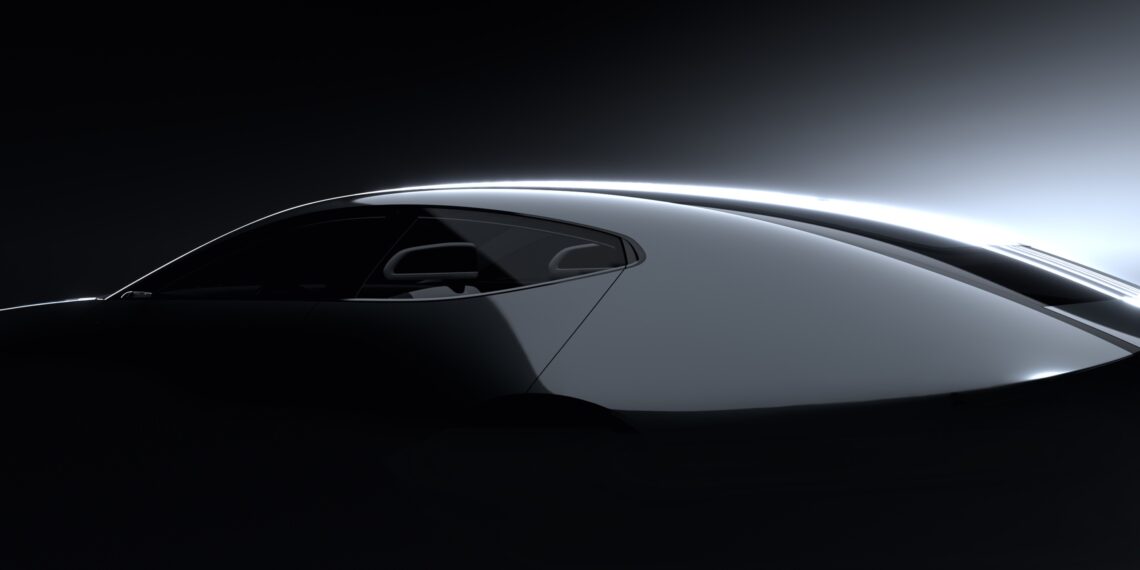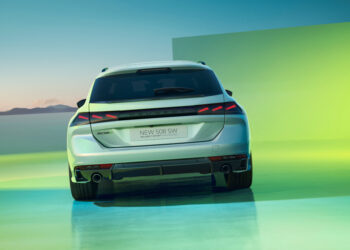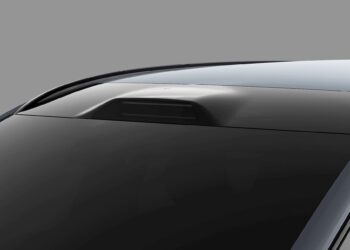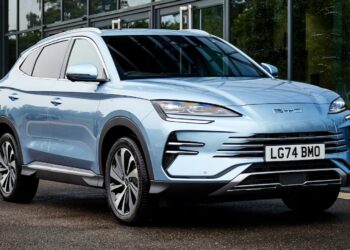At an event of such importance for local builders as the Tokyo Mobility Show, it would be almost heretical for a Japanese brand of global stature not to be present. A rule that Mazda, of course, did not break, and in an exhibition space themed “The joy of driving fuels a sustainable tomorrow,” several vehicles and solutions can be seen that illustrate its commitment to aligning the automobile, in its most distinct domains, with the environment and a sustainable future. Whether it is the exclusive Mazda CO2 capture technology that reduces carbon dioxide emissions based on what people drive; the carbon-neutral fuel derived from algae; the Spirit Racing RS Future Concept competition vehicle participating in the Super Taikyu Series, present in the demonstration area for vehicles with next-generation fuels; or the CX-30 SeDV, adapted for people with disabilities.
Still, despite the first public appearance of the latest generation of the CX-5 (still in its European specification), revealed last July, the main point of interest at the Hiroshima company’s stand at the event will undoubtedly be the World Premiere of “its latest creation, which will represent the vision for future Mazda vehicles,” according to its own words. Of this model, only a photograph has been released, in which little more is seen than part of the roof and the interior, in a three-quarter rear perspective. But it is evident the large rear pillar that extends to the rear doors; the small rear window; the pronounced curve of the roof, reminiscent of the world of coupes, and the stylized headrests of the front seats.
And what could Mazda be anticipating with this “teaser”? Since there are more than two doors, it cannot be the long-awaited birth of the RX sports car. On the other hand, as the doors seem to lack window frames, and the roof appears to be panoramic, it is also possible that it is a four-door coupe. There is also a wide range of possibilities for the engine that could power it: a rotary engine (driving the wheels directly, if the focus is more on sportiness, or acting as a range extender for an electric motor, in a more “eco-friendly” approach); a fully electric powertrain, if “wheel” emissions are the priority; a combustion engine capable of using synthetic fuels (after all, Mazda is working, along with Toyota and Subaru, on developing engines compatible with carbon-neutral fuels); or even the new Skyactiv-Z engine, which the CX-5 will commercially debut in 2027, a more advanced 2.5-liter four-cylinder engine, in terms of energy efficiency, than the Skyactiv-G and Skyactiv-X, and already compatible with the upcoming Euro 7 environmental protection standards. In two weeks, everything will be clarified.










